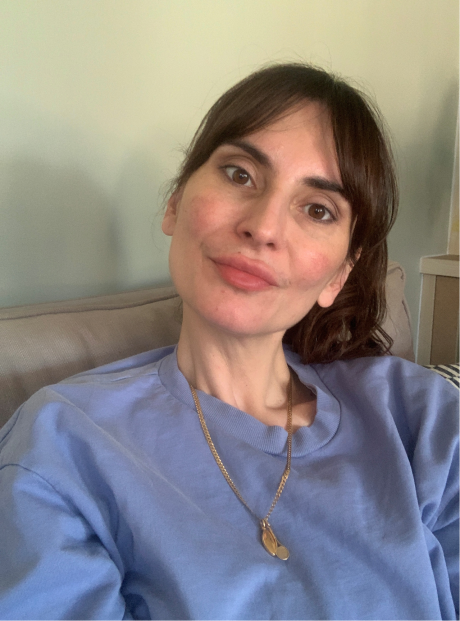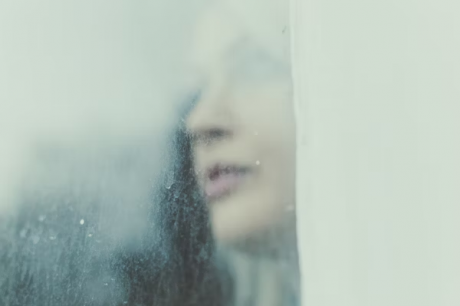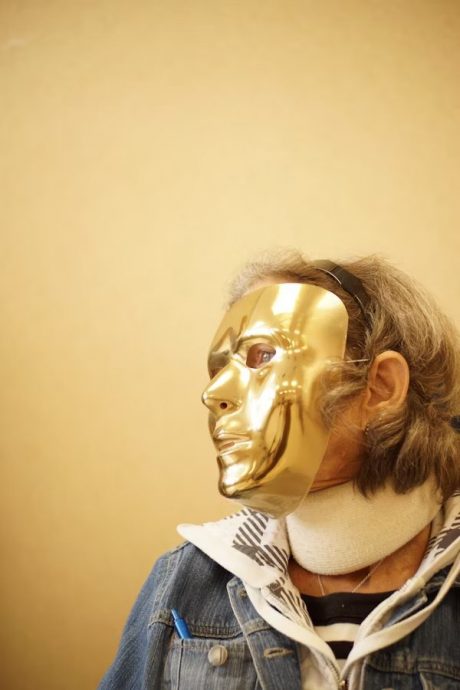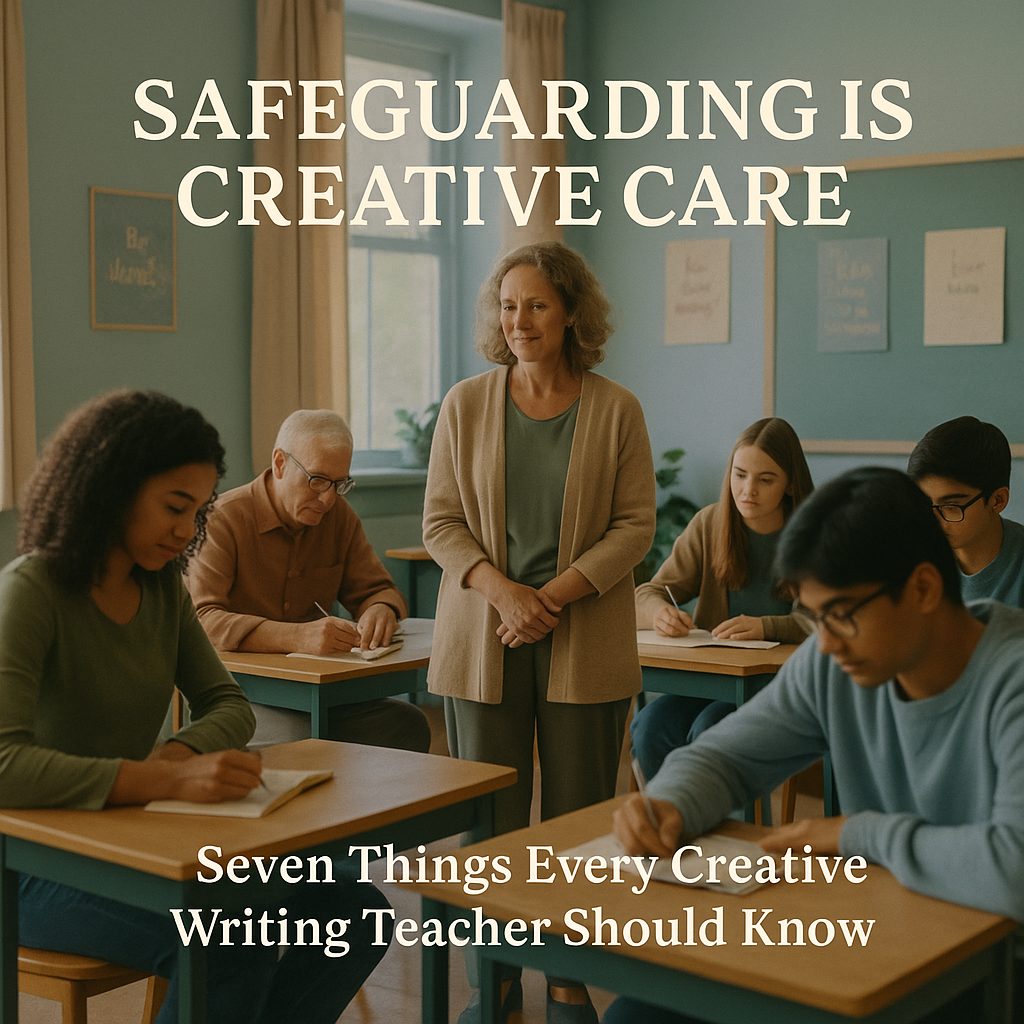Reflections from a Mindful Masterclass with Danja Sanovic

On the evening of Tuesday, May 13th 2025, Danja Sanovic—alumni of the MA in Creative Writing and Education and an experienced teacher and creative educator—led a powerful safeguarding masterclass at Goldsmiths. While safeguarding may not seem the most creative of topics, Danja brought insight, warmth and clarity to a subject that is central to our work as creative writing teachers, particularly when we’re working with vulnerable groups.
This masterclass—part of our Teaching Creative Writing series—offered a sensitive, nuanced exploration of safeguarding in schools, youth settings and adult learning environments. The group included practising teachers, writers working in schools, and facilitators in community spaces. Discussions ranged from statutory responsibilities to secondary trauma and cultural complexity. These are some key takeaways.
1. Safeguarding is Everyone’s Responsibility

Whether you’re a visiting writer in a school or running a community workshop, safeguarding isn’t optional. It’s a shared duty. Danja reminded us: “Every single adult who works within a school is responsible for safeguarding.”
This includes noticing early warning signs, taking disclosures seriously, and understanding the systems around you. Sometimes, you may be the one adult a young person feels safe enough to trust.
2. Know the Basics: KCSIE, DSLs, and Reporting Concerns

Creative writing educators working in schools must be familiar with Keeping Children Safe in Education (KCSIE)—the statutory guidance outlining key safeguarding procedures in England. Each school has a Designated Safeguarding Lead (DSL). If you’re concerned about a child, the first step is always to report it to the DSL.
As one participant put it, “It’s not our job to investigate or interpret. It’s our job to report.” Be clear, factual and prompt. Keep a written record.
3. Understand the Signs of Abuse and Trauma

Danja outlined four main types of abuse: physical, emotional, sexual, and neglect. These can manifest in many ways, including through students’ writing. In one case study, a 14-year-old student alluded to sexual exploitation and self-harm in a poem.
Writers in schools must be alert to such signs, and understand that creative writing can surface disclosures. What may appear as fiction might not be. Trust your instincts—but don’t act alone.
4. Establish and Maintain Clear Boundaries

Creative writing educators often build rapport quickly. But blurred boundaries can lead to serious safeguarding concerns. A second scenario illustrated this: a teaching assistant exchanged private messages with two students outside school hours via Teams. The girls later went missing, and the digital trail led back to the messages.
Clear boundaries protect everyone. One teacher commented: “You can still build trust with young people while staying within professional limits.” A simple rule: don’t promise confidentiality. Be honest from the outset about what you must report.
5. Safeguarding in Adult Settings Is More Complex

Safeguarding adults—especially in informal or community settings—is governed by different rules. Legal definitions change once a person turns 18, but the risks don’t disappear. Vulnerability can exist in any age group. This is particularly true when working with people in recovery, marginalised communities, or adult learners with support needs.
The lack of formal safeguarding structures in some community settings means creative educators may need to co-create boundaries and safety protocols with participants. One participant suggested: “Workshops should begin with a shared agreement—rules of the room, what to do if something feels difficult, and where to seek support.”
Cultural norms can also shape perceptions of touch, closeness, and power. As Danja reflected, “We need better cultural safeguarding literacy in UK schools. One gesture might mean safety in one context and threat in another.”
6. Look After Yourself: Secondary Trauma Is Real

Creative writing teachers are often exposed to secondary trauma: the emotional impact of witnessing or hearing others’ distressing stories. This can accumulate quietly, especially when facilitators work alone or without institutional support.
As one participant put it, “Sometimes I’m fine in the moment. But hours later it hits me.” Another noted, “It sits on top of you, and you don’t even know it’s there.”
Debriefing, peer discussion, and institutional support can help. Collective structures—such as regular check-ins or reflective debriefs—are vital. One participant praised an organisation’s practice of holding a debrief after every session: “You never leave with awkwardness hanging in the air.”
7. You Facilitate the Space—You Don’t Heal Alone

Creative writing can be a powerful tool for healing, but it is not therapy. Facilitators are not therapists. One wise participant put it perfectly:
“It’s not my responsibility to fix anyone. The writing is what helps—not me. My job is to hold a safe space where people can write.”
This is where collective boundaries become essential. Shared guidelines, transparency, and clarity help ensure that both facilitators and participants feel held by the process.
At the heart of it all is mindful, relational teaching: creative writing that honours the complexity of people’s lives without overstepping the role of the educator.
Final Thoughts
Safeguarding can sound bureaucratic. But this session showed it is about care, clarity, and community. Creative writing—when taught mindfully—can open doors to expression and trust. But with that power comes responsibility.
We are immensely grateful to Danja Sanovic for leading this challenging topic with such integrity. She reminded us that safeguarding is not about shutting down creativity—it’s about holding it safely.
If you’re designing your own workshops, do watch out for my forthcoming ‘Mindful Creative Writing Teaching’.


Leave a Reply